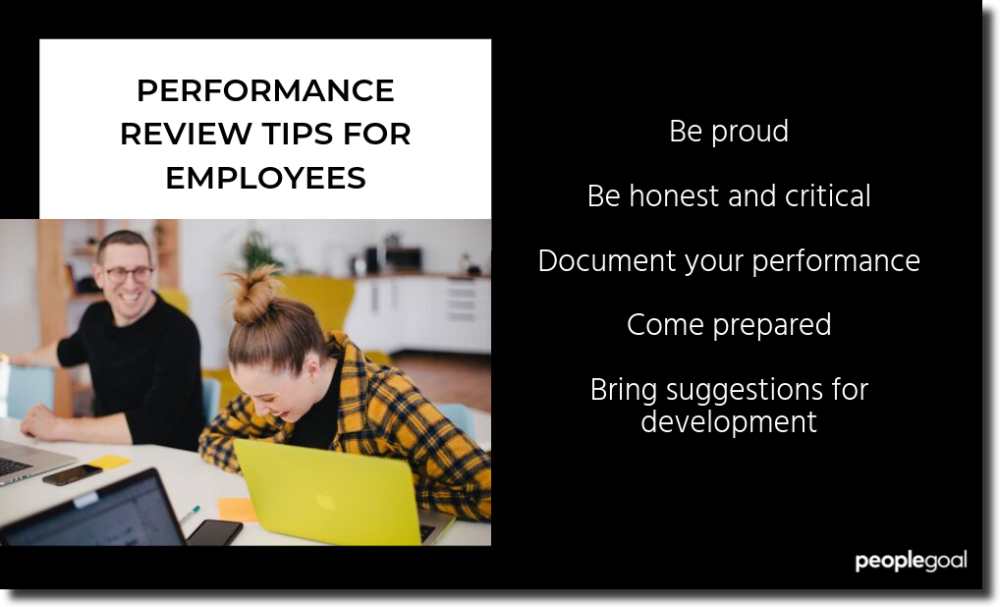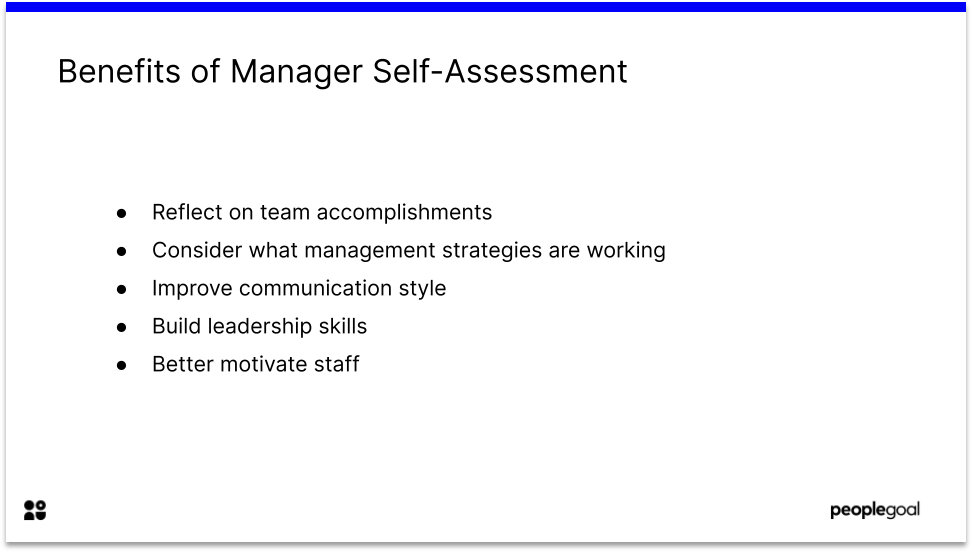A Step-by-Step Performance Review Process
1. Start with Clear, Role-Specific Goals
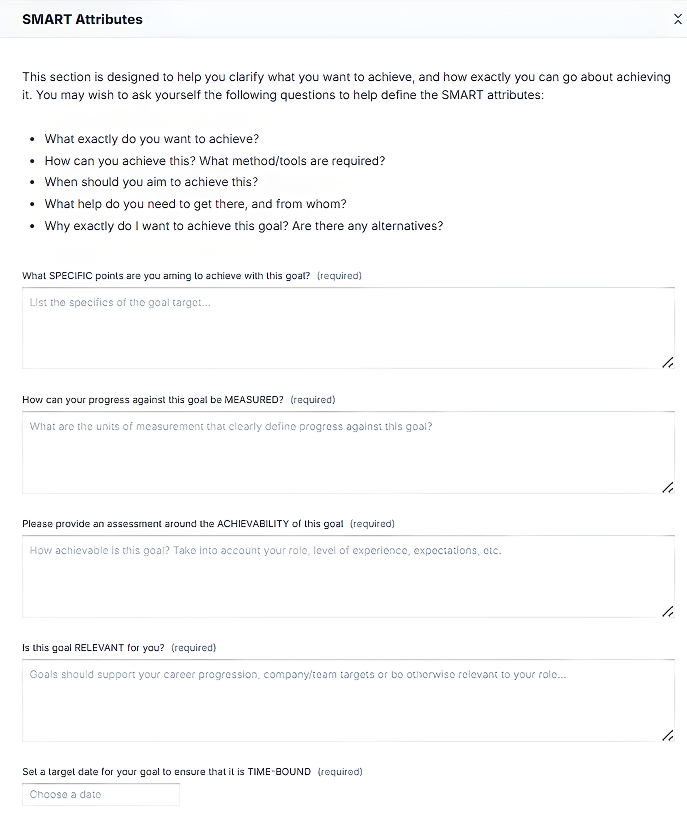
2. Use Self-Assessments to Kickstart the Conversation
3. Make Check-Ins the Default, Not the Exception

4. Layer in 360° Feedback (Where It Adds Value)

| Rating Scale | Example |
|---|---|
| 1 = Never | Rarely demonstrates this behavior |
| 2 = Rarely | Occasionally demonstrates this behavior |
| 3 = Sometimes | Demonstrates this behavior inconsistently |
| 4 = Often | Consistently demonstrates this behavior |
| 5 = Always | A role model for this behavior |
| N/A | No opportunity to observe |
5. Coach Managers to Lead the Right Conversations

6. Document the Outcome—and the Follow-Up
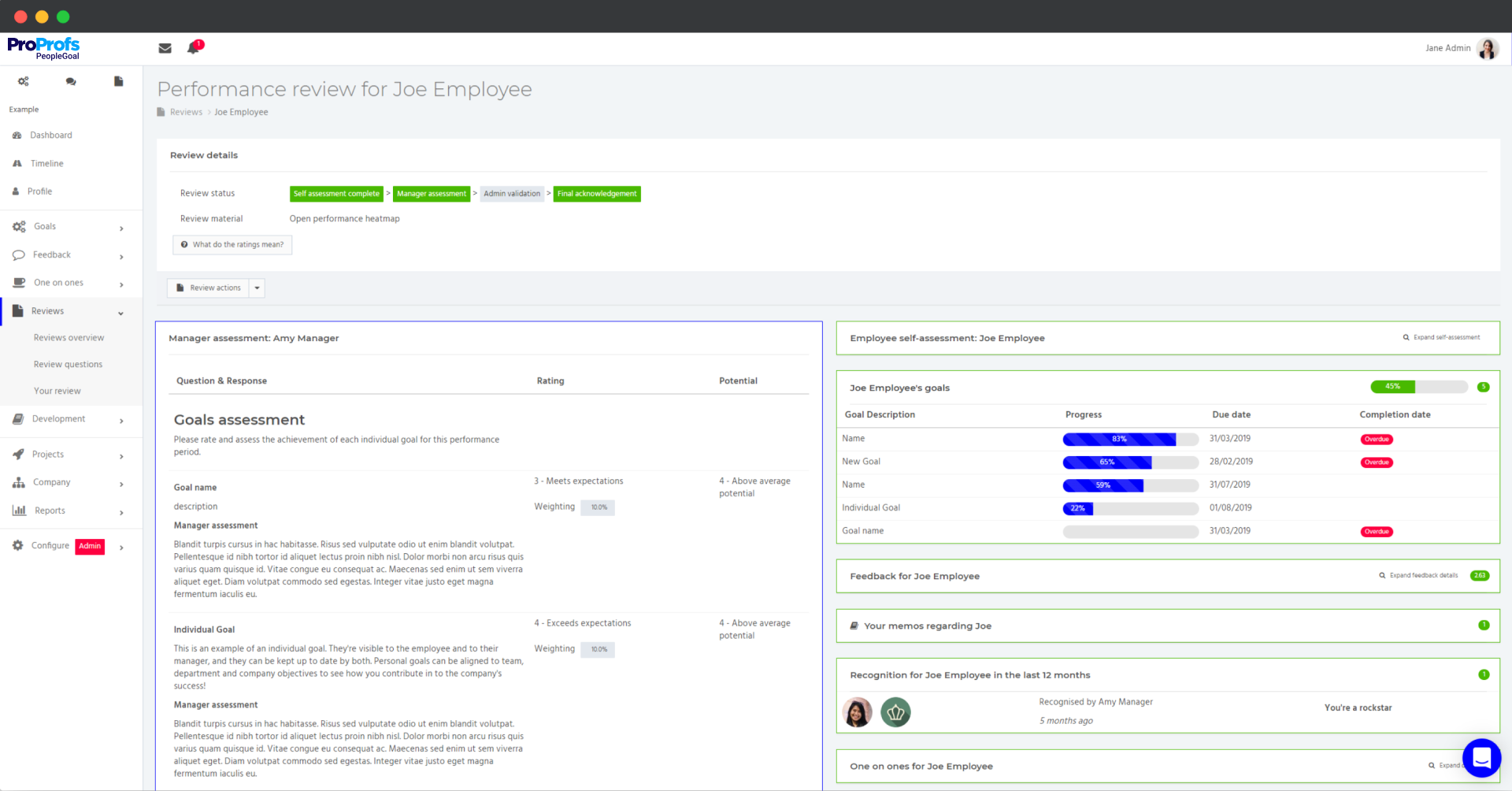
7. Make Development Plans Real, Not Theoretical
Why Most Performance Review Processes Still Fail
1. You’re reviewing too late
2. No one knows what “good” looks like
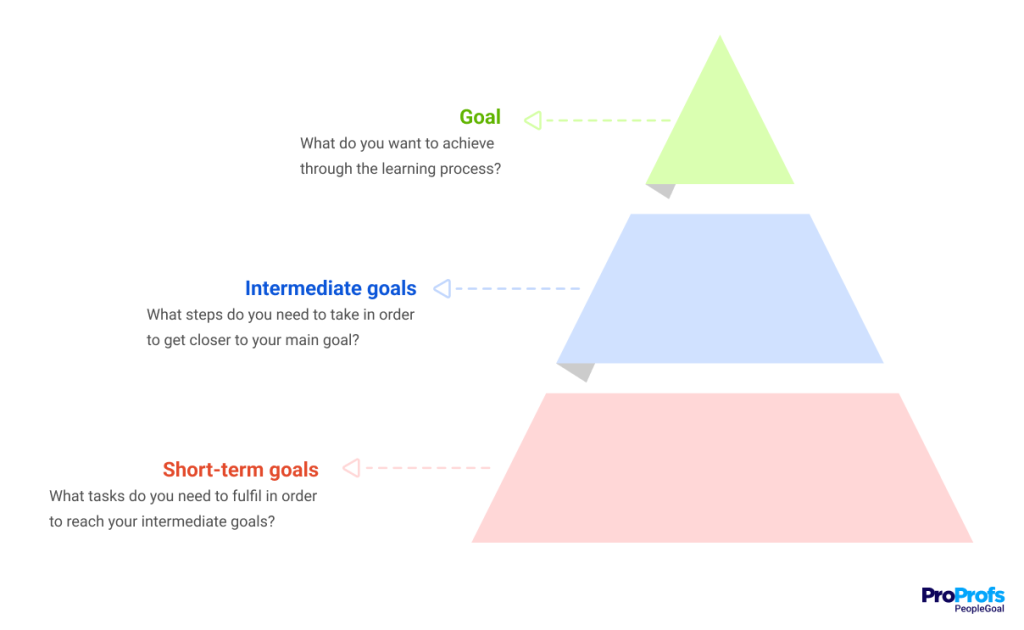
3. It depends too much on the manager
4. Nothing happens afterward
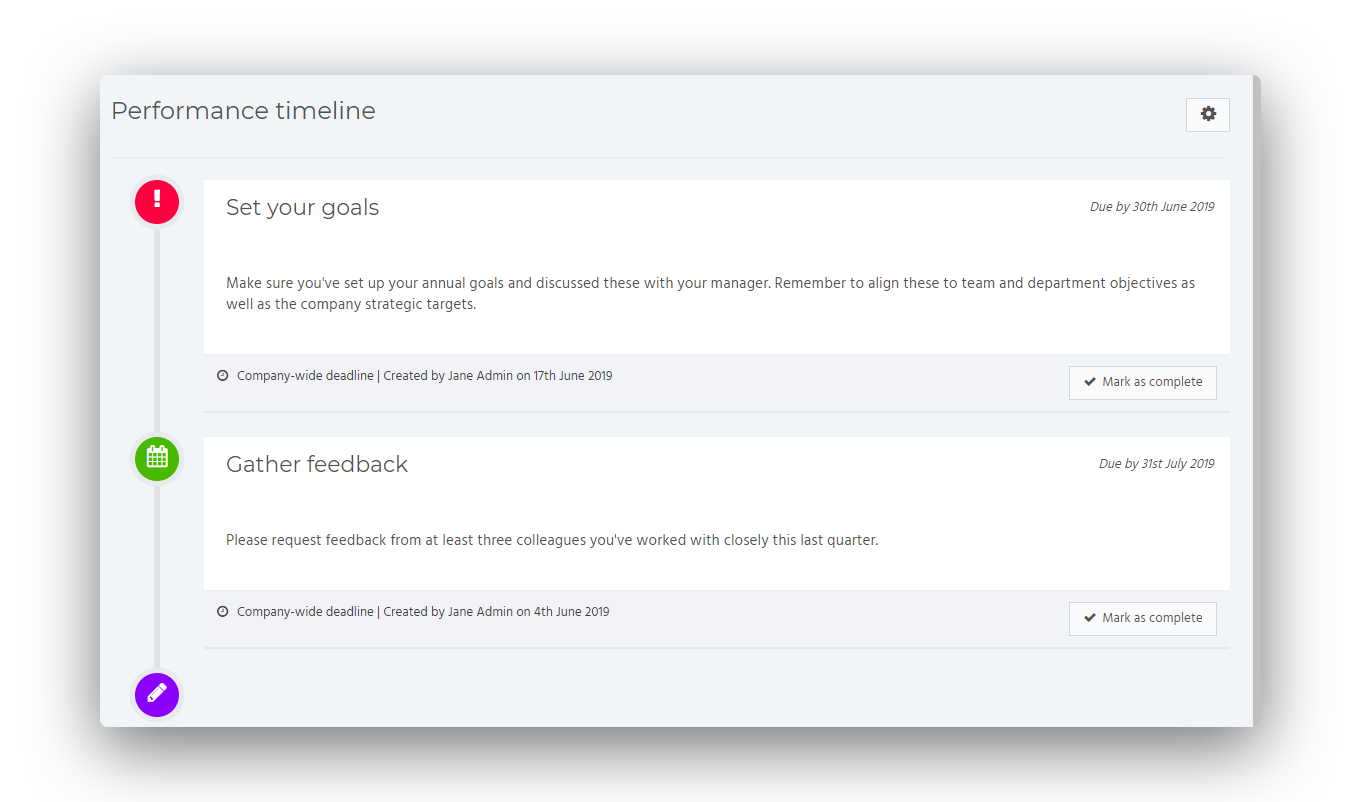
5. You bundled feedback with pay
How to Adapt the Review Process to Different Cultures & Team Sizes
For Small Teams (Under 25)
For Scaling Teams (50–200)
For Enterprise Teams (200+ and Multi-Region)
| If you’re... | Use this setup |
|---|---|
| Under 25 people | 1:1 check-ins, shared doc reviews, no automation needed |
| 50–200 people | Quarterly cycles, manager + self-review, light 360s, basic automation |
| 200+ or global | Full workflow platform, localized feedback formats, analytics + calibration |
How We Fixed Performance Reviews at ProProfs

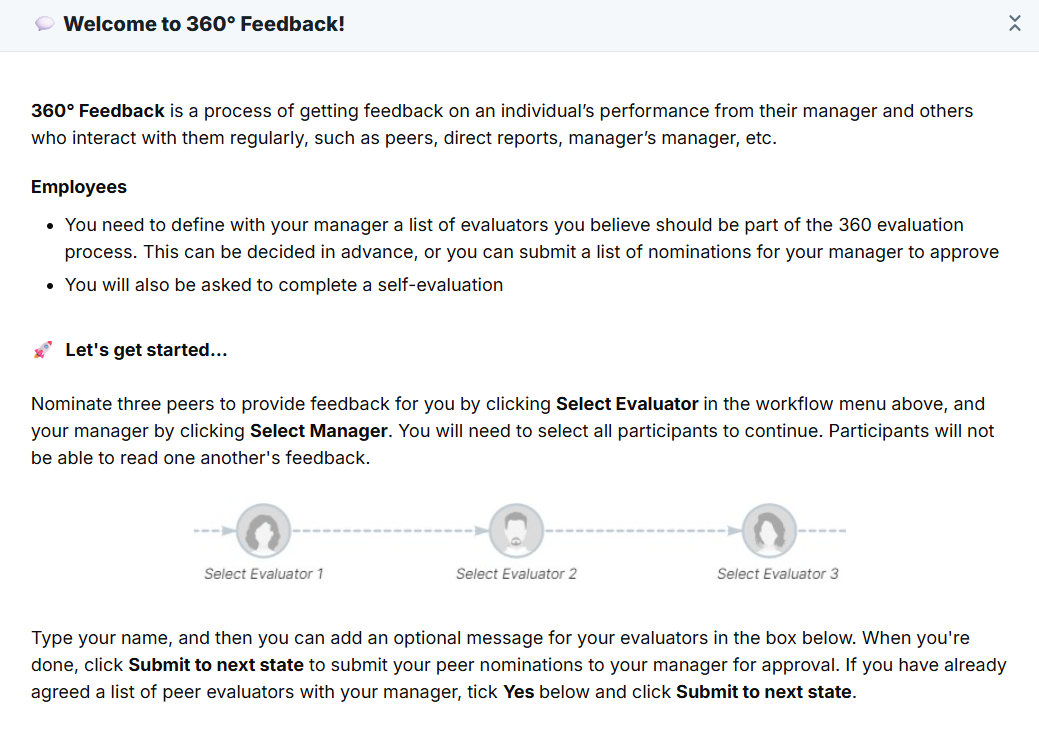
Best Practices to Create an Effective Performance Review Process
1. Set a Cadence That Keeps Feedback Useful
2. Start With the Employee’s Perspective
3. Make Expectations Clear Before the Review
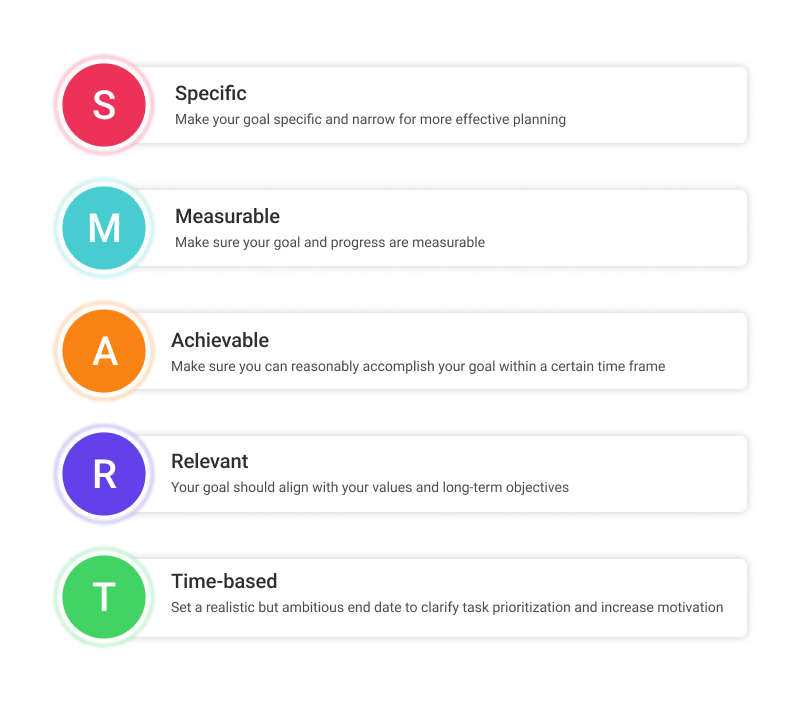
4. Give Managers a Simple Format to Follow
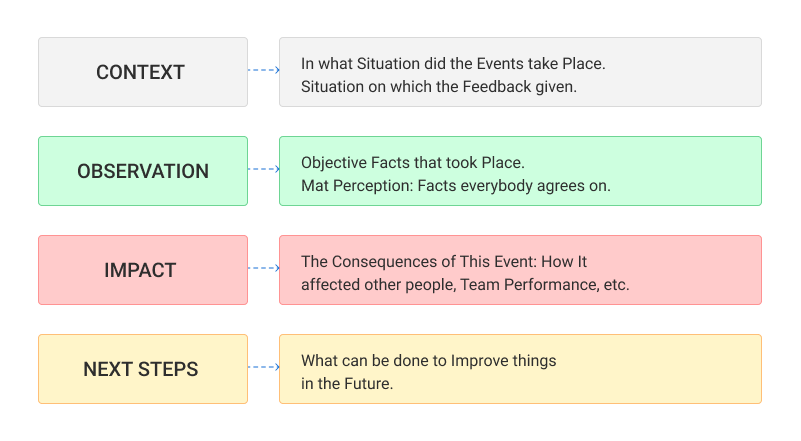
5. Use 360 Feedback Where It Adds Real Insight
6. Unbundle Growth from Compensation
7. End With One Actionable Next Step
8. Build a System You Can Run Repeatedly
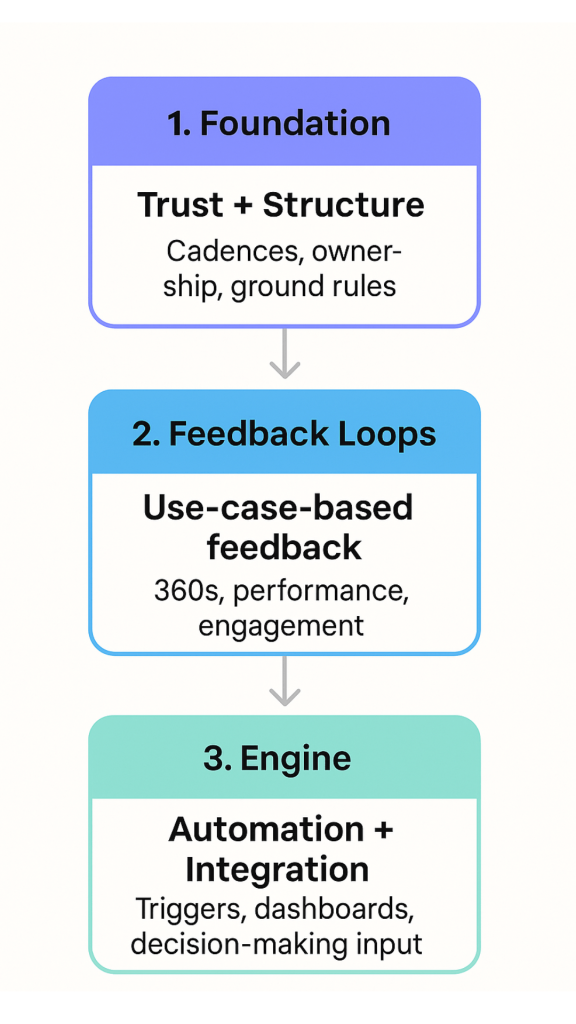
Quick Reference: Performance Review Best Practices for 2025
| What to Get Right | What to Do | How to Do It |
|---|---|---|
| Review cadence | Run reviews more often | Set quarterly cycles with auto-reminders and fixed check-in formats |
| Employee voice | Start every review with self-assessment | Use 3-4 prompts delivered a week before the review |
| Clear expectations | Define success per role | Tie goals to KPIs and describe what “good” and “great” look like for each |
| Manager structure | Give managers a repeatable format | Use templates + sample questions + 30 mins prep time |
| 360 feedback | Use peer input where it matters | Assign 2–3 peers for cross-functional roles; keep it short and role-relevant |
| Growth vs. compensation | Separate review types | Run development reviews ahead of comp cycles with clear messaging |
| Follow-up | Always end with one clear next step | Document in the tool, revisit in next 1:1, and check back at the next review |
| Repeatable system | Don’t rebuild every cycle | Set workflows once in your tool (like PeopleGoal) and iterate, not restart |
Build the Review Process Your Team Deserves
Frequently Asked Questions
How do I prevent performance reviews from becoming biased?
Start by defining clear, role-based criteria tied to outcomes. Avoid ranking people against each other. Train managers on feedback frameworks and bias awareness. Use calibration sessions across teams to spot rating patterns that don’t make sense.
How do I manage reviews across different departments with very different goals?
Keep the structure consistent (cadence, sections, follow-up), but let each department customize the content. Marketing and engineering don’t need the same questions, but they do need the same level of clarity and accountability.
Should I let employees see peer or 360-degree feedback directly?
It depends. Anonymous feedback can encourage honesty, but transparency builds trust. A good middle ground: let the manager summarize themes, or show peer feedback directly but guide the employee through it in a conversation.
What’s the right balance between qualitative and quantitative feedback?
Use numbers to anchor the conversation—goal progress, deliverables met—but don’t rely on them alone. The qualitative side (behaviors, collaboration, leadership) gives context and depth. One without the other is incomplete.
Ready to 3x Your Teams' Performance?
Use the best performance management software to align goals, track progress, and boost employee engagement.

